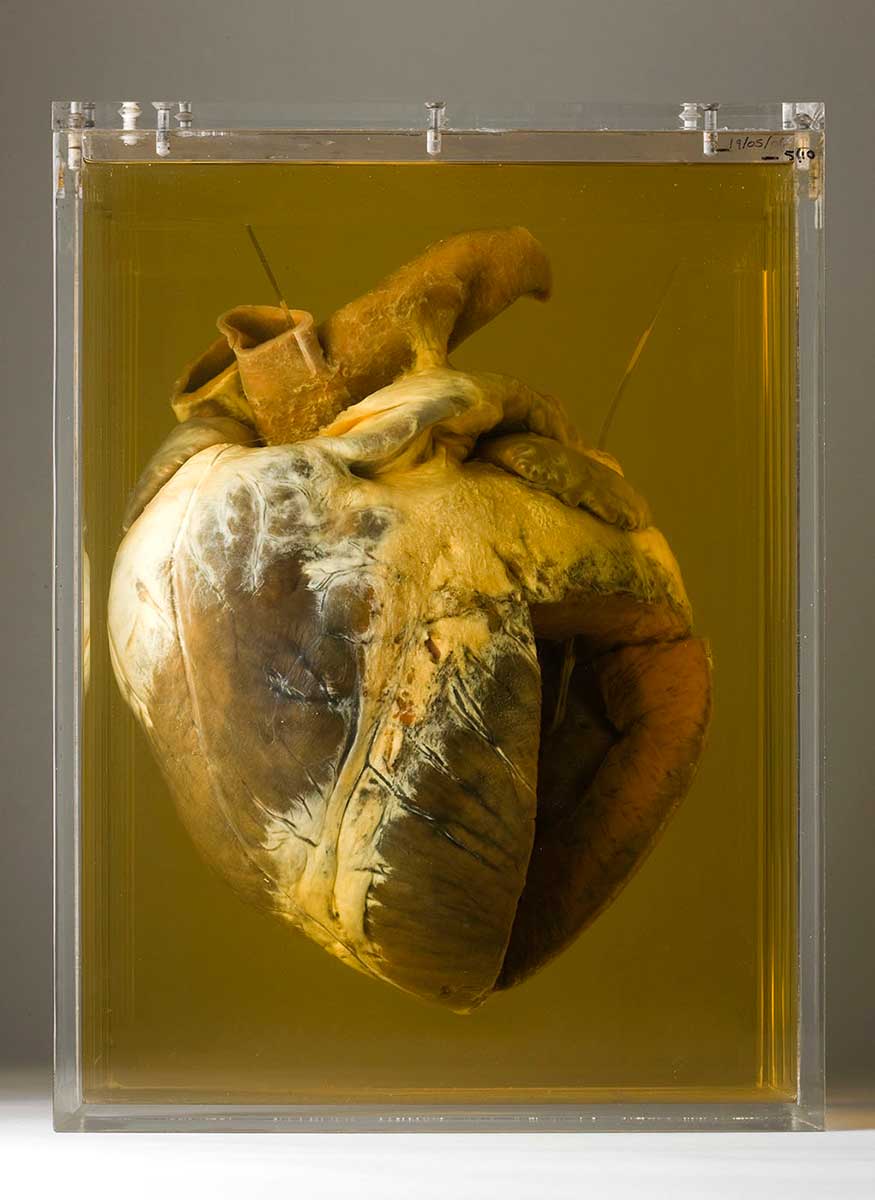
Humans have been studying horses for millennia, observing, investigating and dissecting horses' bodies to learn more about their anatomy, movement and behaviour.
Researchers at the Australian Institute of Anatomy in Canberra began amassing a suite of horse specimens, sourced from studs and racehorse owners, from the 1920s.
They collected, studied and displayed skeletal and wet specimens to enable people to make comparisons between horse and human movement, disease and malformation.
When the legendary Australian racehorse Phar Lap died in the United States in 1932, owner David Davis arranged for the horse's remains to be returned to Australia.
Phar Lap’s heart was analysed by researchers at the University of Sydney, and then acquired by and placed on display at the Australian Institute of Anatomy. Parts of Phar Lap’s heart were evidently removed during dissection of the organ.
Explore more Spirited: Australia's Horse Story